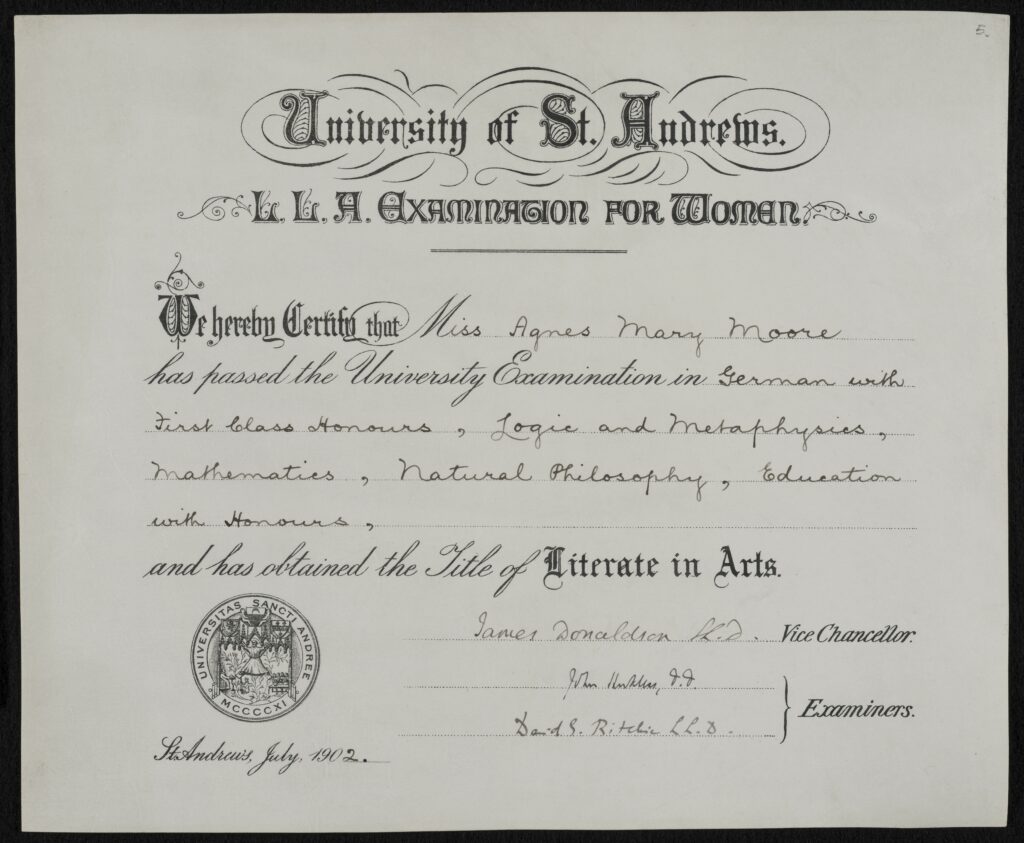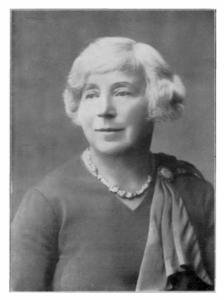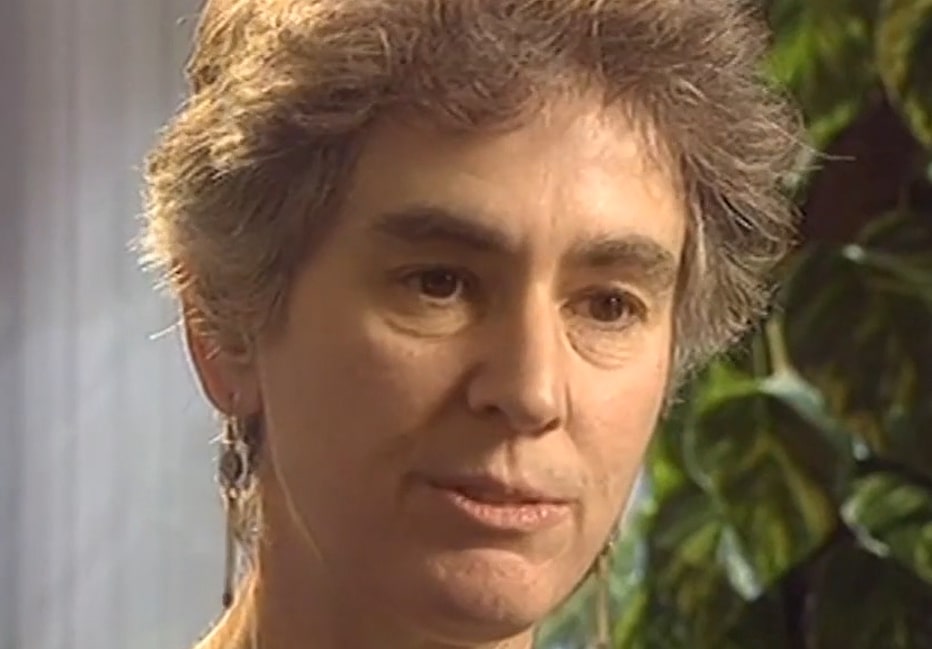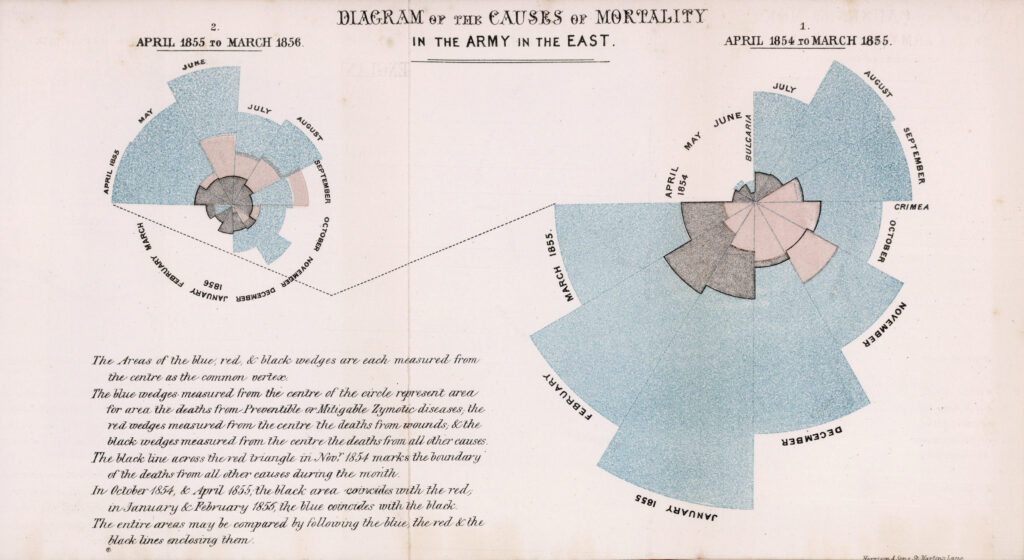Women in Maths

Image credit: University of St Andrews Libraries and Museums.
Lady Literate in Mathematics
Did you know that the University of St Andrews created one of the world’s first higher educational qualifications for women, allowing them to study university-level mathematics long before they were admitted onto degree courses in Scotland?

Image courtesy of Hutchesons’ Grammar School.
Margaret Murray: Mathematician and Mountaineer
Did you know that the University of St Andrews’ first female graduate in mathematics and natural philosophy, Margaret Murray, became the Principal Teacher of Mathematics at Hutchesons’ Grammar School for Girls in Glasgow as well as the Secretary and later President of the Ladies Scottish Climbing Club?

Image credit: fair dealing via BBC2 Horizon Special: The Truth About Sex.
Jane Wadsworth and the National Survey of Sexual Attitudes and Lifestyles
Did you know that St Andrews mathematics graduate Jane Wadsworth was an important figure in the near eradication of Human Immunodeficiency Virus (HIV) in the United Kingdom (UK)?

Image credit: public domain via Wikimedia Commons.
Florence Nightingale and the Polar Area Diagram
Did you know that only 4% of mathematicians worldwide in the late 19th century were women? Despite this, numerous women had a major influence on the field; Florence Nightingale is especially well-known for her statistical innovations in the field of public health.
